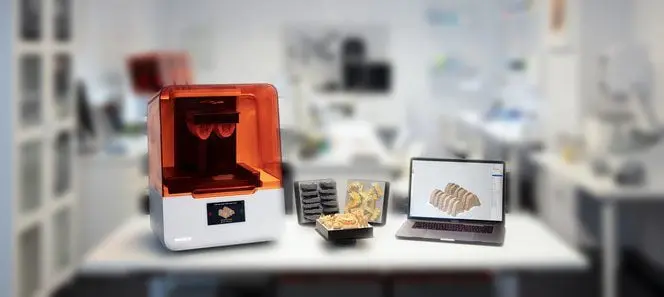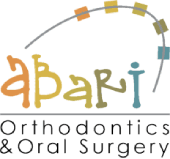Created and Designed Custom For You

3D printing is now the ‘industrial revolution.’ 3D Printing and Manufacturing is the creation of a three-dimensional digital model file. The object is created by laying down thin layers of material, consecutively. This revolutionary printing technology is transforming the way that prototypes and products are produced in numerous industries, one of which is the dental industry. Many dental professionals like orthodontists, pediatric dentists, and general dentists are taking advantage of 3D Printing for dentistry.
Using 3D Printing for Dentistry Can Improve Patient Experiences
With 3D printing, highly manual processes can be accomplished through digital dentistry. By reducing the number of manual processes, dental professionals can spend more time concentrating on providing their patients with exceptional care and a pleasant office experience. Furthermore, the use of digital dental models reduces delivery times because there is no need to ship out a model to the lab. In addition, this revolutionary technology helps streamline in-house workflow, while achieving a more accurate output. Using additive manufacturing saves time, lowers equipment costs, and boosts operations, all of which provide you with an improved competitive advantage.
How 3D Printing Makes Your Experience better!
It eliminates the manual dental impressions all while enhancing its accuracy. This gives the patient exceptional care and a positive patient experience. 3D models also reduce delivery times VS impressions. Abari Aligners Program will then convert the scanned model into a high-quality, custom-made appliance. In a matter of minutes, we can have a great quality model ready at hand VS traditional Impressions waiting hours and even then not being as accurate as digital. Intra-oral scanners used to achieve 3D printing makes child patients feel more at ease. They don’t have to sit still and cooperate to create a dental impression. Patients place great value on digital impressions instead of gooey alginate makes a world of a difference. Patients with gag-reflex, smaller mouths, and special needs greatly benefit from 3D printing in dentistry.
The Scanning Process
Intraoral scanners are slowly replacing the age-old process of taking alginate impressions. An intraoral scanner takes pictures of the patient’s teeth and soft tissue and “stitches” those pictures together, in the right order, to create a digital rendition of the patient’s mouth. Scanning a patient’s full mount can take less than 2 minutes and we will achieve beautiful Accurate results for the best quality of workmanship.
Designing a Dental Appliance Using 3D Printing in Orthodontics
Once Abari Aligner systems receives a patient’s file, the next step is to straighten and correct tooth positioning and prepare the files to be printed. This process takes several steps and requires for dental technicians to learn about CAD-CAM technology.
Printing the Digital Model
The final stage of the process is to send the files to print. Once the digital files have been exported to the 3D printer’s software, the files need to be properly arranged on the printing platform. This process is of utmost importance because mistakes in file preparation or placement on the print platform can cause a print failure. Depending on the print volume, the average print job can take 4 to 8 hours so a failed print can cause a lot of delays.

